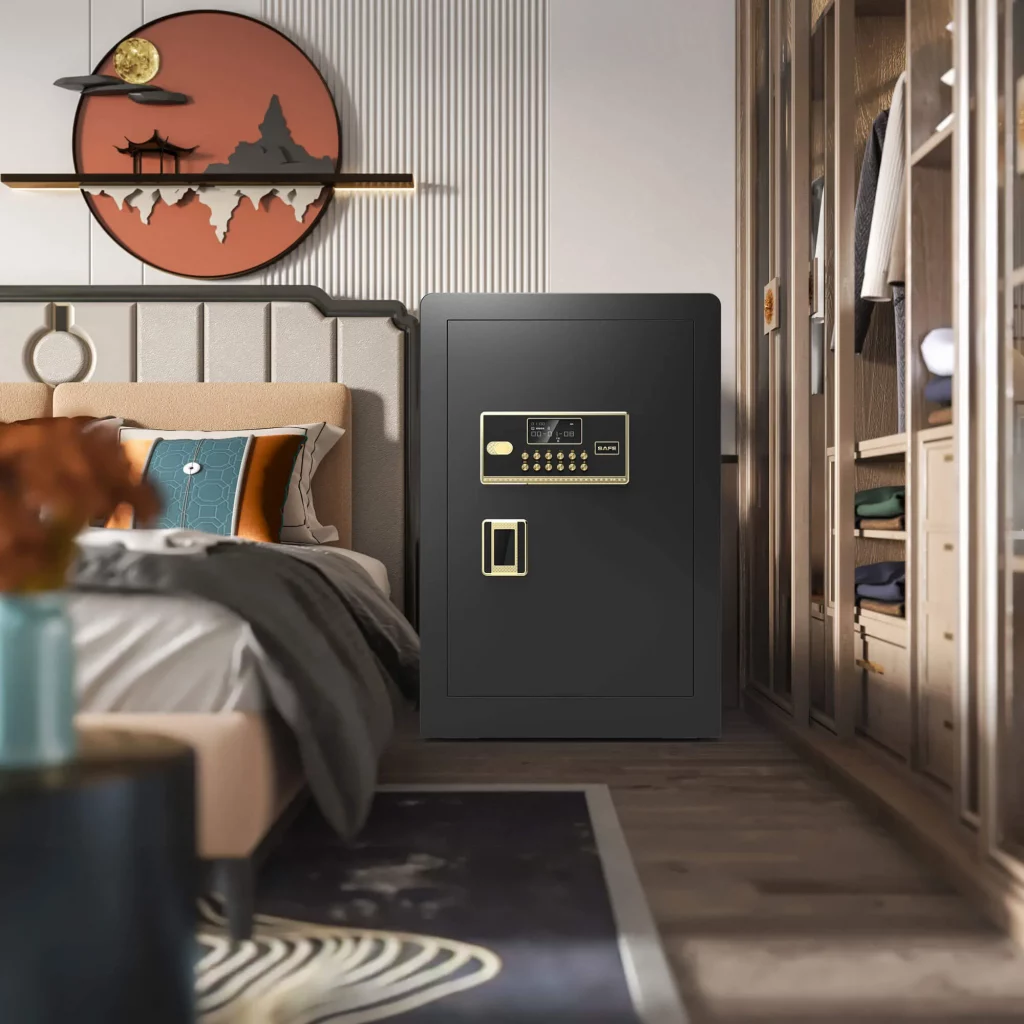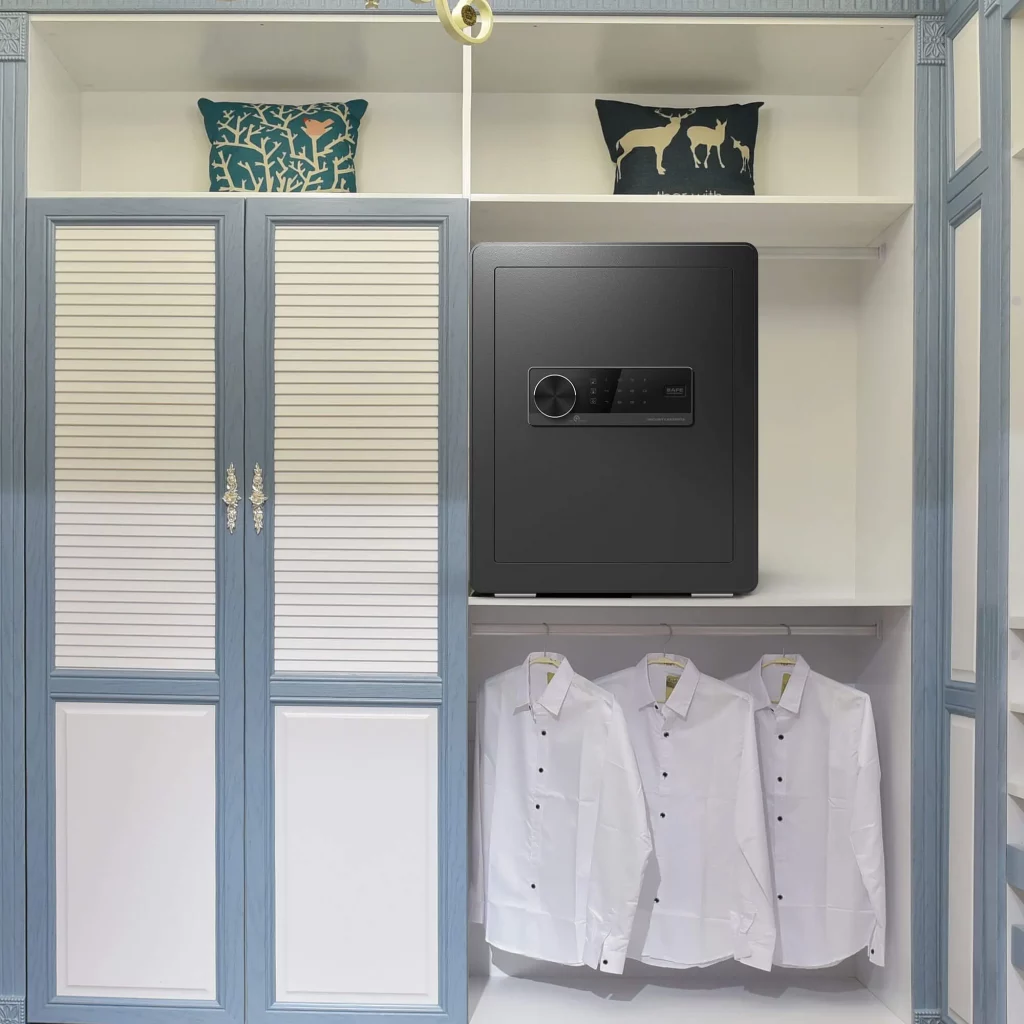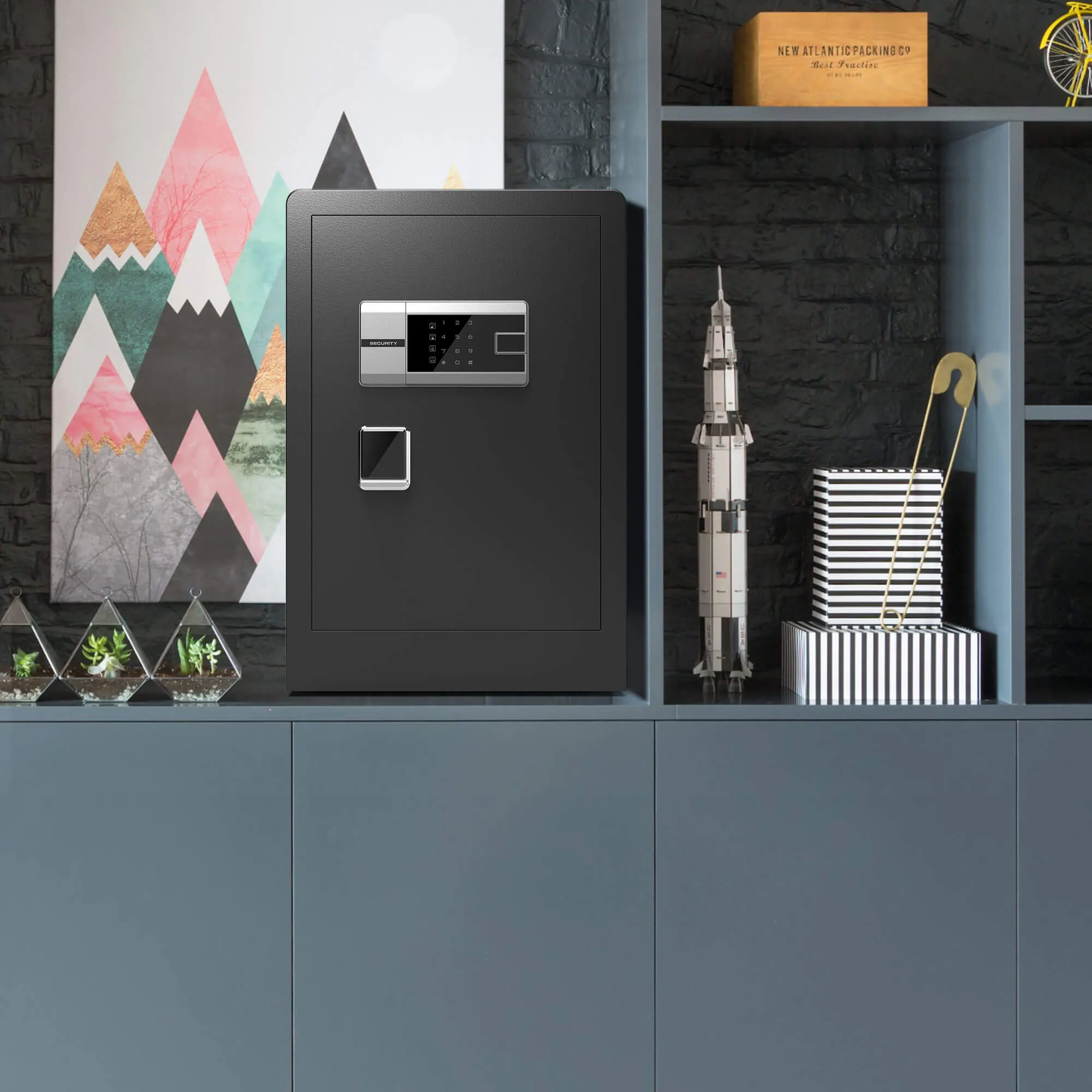When it comes to protecting your valuables, a safe deposit box is a great option. Whether you want to store important documents, jewelry, or other precious items, a safe deposit box can offer peace of mind that your items are safe and secure. In this blog post, we’ll take a look at what a safe deposit box is, the benefits of having one, considerations when choosing a safe deposit box, how much they cost, alternatives to a safe deposit box, how to choose the right one, tips for protecting your valuables in a safe deposit box, best practices for storing important documents, and what to do if you lose the key to your safe deposit box.

What is a Safe Deposit Box?
A safe deposit box is a secure, private box located in a bank or other financial institution. It is typically used to store important documents, jewelry, and other valuable items. The box is typically made of metal and is secured with a key or combination. It is important to note that a safe deposit box is not insured by the FDIC or any other federal or state agency, so you should always keep your valuables insured.
Benefits of Having a Safe Deposit Box
There are many benefits of having a safe deposit box. First and foremost, it is an excellent way to keep your important items secure and out of the hands of any potential thieves. It also allows you to store important documents and other items in a secure environment, which can be beneficial if you ever need to access them quickly. Additionally, a safe deposit box can help protect your valuables from the elements, such as fire, water damage, or natural disasters.
Another benefit of having a safe deposit box is that it can help you keep track of important documents and items. This can be especially beneficial if you need to access them quickly or if they are difficult to replace. Additionally, having a safe deposit box can help you organize your important items and keep them in one place. This makes it easier to find them when needed.
Finally, having a safe deposit box can offer peace of mind that your valuables are secure and safe. Knowing that your items are locked away in a secure place can help put your mind at ease.
Considerations When Choosing a Safe Deposit Box
When choosing a safe deposit box, there are a few considerations to keep in mind. First, you should consider the size of the box. Depending on what you plan to store in it, you should choose a box that is large enough to accommodate your items. Additionally, you should consider the safety features of the box, such as the type of lock and key, as well as the security measures in place at the financial institution.
You should also consider the location of the box. Some financial institutions may offer safe deposit boxes in multiple locations. This can be beneficial if you need to access your items quickly or if you want to store them in different locations. Additionally, you should consider the cost of the box, as well as any fees associated with it.
How Much Does a Safe Deposit Box Cost?
The cost of a safe deposit box will vary depending on the size of the box and the financial institution offering it. Generally speaking, a small safe deposit box will cost between $20 and $50 per year. A medium-sized box may cost between $50 and $100 per year, and a large box may cost up to $200 per year. Additionally, some financial institutions may charge a one-time setup fee for a safe deposit box.

Alternatives to a Safe Deposit Box
If you are looking for an alternative to a safe deposit box, there are some options available. You could consider storing important documents and other items in a fireproof safe in your home. However, this may not be as secure as a safe deposit box, as it is not monitored or insured by any financial institution. Additionally, you could consider using a safe deposit locker, which is similar to a safe deposit box, but is typically located outside of a financial institution. A safe deposit locker is a great way to store important items without the cost of a safe deposit box.
You could also consider using a self-storage facility to store your items. Self-storage facilities are often more secure than a home safe, and many offer climate-controlled units to protect your items from the elements. Additionally, many self-storage facilities offer insurance for your items.
How to Choose the Right Safe Deposit Box
When choosing a safe deposit box, there are a few things to consider. First, you should choose a box that is large enough to accommodate your items. Additionally, you should consider the safety features of the box, such as the type of lock and key, as well as the security measures in place at the financial institution. You should also consider the cost of the box, as well as any fees associated with it. Finally, you should consider the location of the box, as some financial institutions may offer safe deposit boxes in multiple locations.
Once you have considered all of these factors, you should compare the different options available to you and choose the one that best suits your needs.
Tips for Protecting Valuables in a Safe Deposit Box
When storing your valuables in a safe deposit box, there are a few tips to keep in mind to ensure that your items are as safe as possible. First, it is important to make sure that the box is locked securely. Additionally, you should always keep the key to the safe deposit box in a secure place. It is also important to make sure that the financial institution is aware of who has access to the box, as unauthorized access could be a risk.
Finally, it is important to keep a record of all of the items you store in the safe deposit box. This can be useful in the event that you need to access the box quickly or if the financial institution needs a list of the items stored inside.
Best Practices for Storing Important Documents
When storing important documents in a safe deposit box, there are a few best practices to keep in mind. First, it is important to make sure that the documents are in a secure, waterproof container. Additionally, it is important to make sure that the documents are organized and labeled clearly. This will make it easier to access them when needed.
It is also important to make sure that you keep a record of all of the documents you store in the box. This can be helpful if you ever need to access them quickly. Finally, it is important to keep the key to the box in a secure place.
What to Do if You Lose the Key to Your Safe Deposit Box
If you lose the key to your safe deposit box, it is important to contact the financial institution where the box is located as soon as possible. They will be able to assist you in unlocking the box and retrieving your items. In some cases, they may be able to provide you with a new key or combination. However, if the key is lost or stolen, they may require you to provide additional proof of identity before unlocking the box.
Conclusion
A safe deposit box is an excellent way to keep your valuables secure and out of the hands of potential thieves. It can also offer peace of mind that your items are safe and secure. When choosing a safe deposit box, there are a few considerations to keep in mind, such as the size of the box, the safety features of the box, the cost of the box, and the location of the box. Additionally, there are a few tips to keep in mind when storing valuables in a box, such as keeping the key in a secure place and keeping a record of all of the items stored in the box.
If you lose the key to your safe deposit box, it is important to contact the financial institution as soon as possible. They will be able to assist you in unlocking the box and retrieving your items.
Overall, a safe deposit box can be a great way to store important documents, jewelry, and other valuables. Make sure to do your research and choose the right safe deposit box for your needs. With the right box, you can rest assured that your valuables are secure and safe.


0 Comments